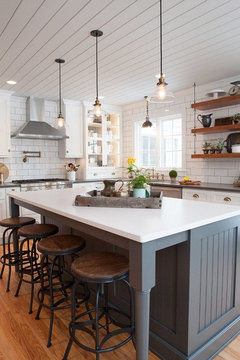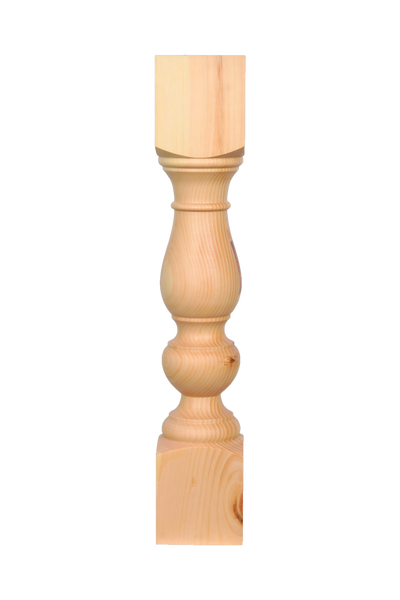Essential Tips for Selecting the Perfect Dining Table for Your Cooking Area
Choosing the ideal eating table for your kitchen is even more than simply an issue of taste; it requires a comprehensive understanding of your room and needs. The form of the table plays a crucial function; while rectangle-shaped tables fit bigger locations, round ones foster intimacy, and extendable choices offer versatility. The table should balance with your cooking area's visual appeals and accommodate your family members conveniently.
Procedure Your Room
Picking the excellent eating table starts with a precise assessment of your available space. This foundational step guarantees that the table not just fits easily within the space however likewise complements the general design and performance of your dining area.
It is crucial to leave ample area for chairs to be pulled out and for individuals to relocate around the table without blockage. A basic policy of thumb is to enable at least 36 inches of clearance from the side of the table to the nearby wall or item of furniture.
Additionally, assume regarding the variety of people you commonly amuse and whether you need additional space for guests. Deciding for an extendable table can provide adaptability, allowing you to suit varying numbers of restaurants. By accurately measuring your room, you prepared for picking a dining table that improves both the looks and functionality of your eating area.
Choose the Right Shape

On the other hand, round tables are exceptional for smaller sized kitchen areas or intimate events, as they advertise conversation by enabling every person to face each other. They additionally provide a sense of comfort and can fit well in tighter rooms due to their lack of sharp corners. Oblong tables supply the finest of both worlds, integrating the size of rectangle-shaped tables with the intimacy of round ones, making them flexible for different settings.
Square tables are one more choice, specifically suited for square-shaped areas. They produce a balanced and modern-day appearance, promoting an equal dining experience for all seated.
Material Considerations
When picking a dining table, product considerations are critical in determining the table's longevity, maintenance demands, and general aesthetic. Wood is a classic option, offering classic appeal and effectiveness.
Glass-topped tables offer a modern-day, smooth look and can make a space show up larger as a result of their transparency. Nonetheless, they require frequent cleansing to avoid spots and fingerprints. Additionally, solidified glass is suggested for its added stamina and safety and security.

Lastly, composite products like MDF (Medium-Density Fiber board) or plywood are budget-friendly choices. These products can imitate the look of solid wood but might not use the same long life. They are typically easier to tidy but can be at risk to water damages if not effectively sealed.
Inevitably, the choice of product ought to straighten with your kitchen's design, your lifestyle requires, and your budget restrictions. (kitchen island legs)
Seating Capability and Convenience
Just how do you establish the right seating capability and convenience for your eating table? For a family of four, a rectangular table of 48 inches long or a round table with a 48-inch size is generally enough.
Comfort is equally vital. The elevation of the table need to ideally be around 30 inches, providing a balanced ergonomic stance for seated diners. Chairs ought to have a seat height of 18 to 20 inches to make certain a comfy eating stance. In addition, take into consideration the chair layout; helpful back-rests and upholstered seats can boost eating convenience substantially, specifically throughout extended meals.
Style and Aesthetic Appeal
Choosing a table that suits your design and aesthetics involves stabilizing individual taste with the existing decor of your eating area. The dining table is frequently the focal point of the kitchen area, and its style must match the overall motif of the space. Whether your kitchen area flaunts a modern-day, minimalist look or a rustic, farmhouse beauty, the table you select ought to integrate with these aspects to develop a natural and inviting atmosphere.
Take into consideration materials thoroughly; timber uses an ageless appeal and can vary from rich mahogany for a traditional want to lighter oak for a contemporary feeling. Metal and glass tables, on the other hand, can present a smooth, industrial side to your kitchen. Do not neglect the table's form-- try this site rectangular tables are timeless and flexible, while round and oblong choices can promote a more intimate eating experience.
Additionally, pay very close attention to information and finishes. A troubled finish may include character and heat, whereas a glossy surface area can add to a clean, modern-day aesthetic. Eventually, your table should not just in shape seamlessly into your cooking area's design however additionally reflect your personal design, raising the room both functionally and aesthetically.
Conclusion
In final thought, picking the perfect eating table for a cooking area necessitates cautious analysis of space, shape, Bonuses material, seating capability, and visual consistency. Guaranteeing a minimal clearance of 36 inches facilitates comfortable motion, while the selection of form boosts spatial dynamics. Material selection influences sturdiness and layout, making it critical to align with the kitchen's general aesthetic. Eventually, an appropriate dining table promotes an inviting atmosphere and fits the house pleasantly, thus boosting the dining experience.

When picking an eating table, product considerations are critical in establishing the table's resilience, upkeep needs, and overall aesthetic. For a household of 4, a rectangle-shaped table of 48 inches long or a round table with a 48-inch size is generally enough.
Don't neglect the table's shape-- rectangular tables are functional and timeless, while round and oblong alternatives can cultivate an extra intimate eating experience. kitchen island click here for more legs.